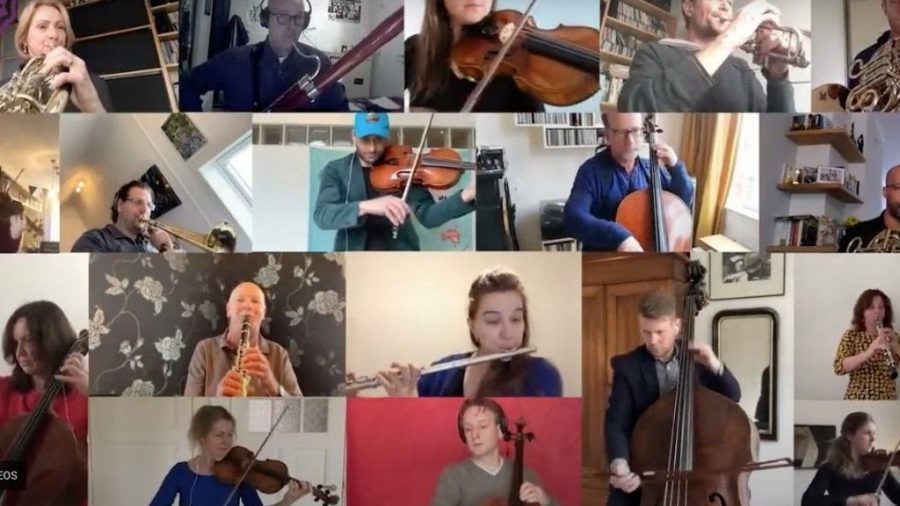COVID-19: Impact on the Music and Movie Industry
COVID-19’s initial effect on the music industry was an unexpected one. Surely, viewing numbers for streaming would fly through the roof with everyone confined to their houses—or that was what we were assuming. Yet it was announced in April 2019 — a good six weeks into global lockdown orders — that Spotify streams of the world’s biggest hits were, in fact, down 11%. Spotify also noticed the shift in the routines of audiences – popular weekend choices were now being streamed all week.
Concert halls, pubs and other music venues were no longer an option. Musicians as well as thousands of people who work with them, from stage crew and sound engineers to security guards and freight firms, were affected by the closing of the live industry. Entertainers quickly began streaming live performances; however, they soon realized that this presented many problems. Yet the musicians assured that all was not lost — many continued churning out new music despite having no venues to perform at.
While singers, DJs, and performers switched to video streaming and social media to once again support themselves, actors, producers, and performing artists in the first few months of 2020 felt a devastating loss. Although Hollywood movie production has been underway, it is on a limited scale relative to what the industry was accustomed to before the pandemic.
With the closing of halls and arenas in Los Angeles, artists have been forced to postpone their performances and turn to social media and YouTube as a means to keep their fans in touch.
Some of the music industry’s top entertainers are also now using iconic movie studios in LA more than ever before because filming equipment, space, and sound studio are available. Such initiatives have helped ensure that fans remain updated and entertained.
Many film proposals were pending production when the year began, only to be postponed or cancelled shortly after the breakout of the pandemic. Movie theaters were among the first few public facilities to be closed in most countries. Distribution of films became very complicated with the closing of theaters. By the third quarter of 2020, however, as the nation tried to reopen its economy, a number of film theaters and film production studios were available. The big obstacles such as social distancing, however, still continue to plague the industry.
One can only guess the extent of damages to individuals in the film industry caused by the COVID-19 pandemic, not only in Los Angeles but worldwide. The sector has been kept alive due to the internet and varied forms of technology. On a lighter note, in the cinema scene, older trends have come back to life. Over the last few months, earlier films and music videos have often gained more interest from buyers, which is somehow a positive development for the industry.
With two main revenue sources, the global music industry is worth over $50 billion. The first, live music, accounts for over 50 percent of overall profits which is primarily generated from ticket sales of live shows. The second, recorded music, incorporates streaming revenue, digital downloads, physical sales and revenue for synchronizing (licensing of music for movies, games, TV, and advertising). Recorded music today is close to the post height of the industry, attributed to the increasing acceptance by both music publishers and users of streaming platforms.
Streaming now makes up almost half of the income from digital music. Today, musicians use services such as Twitch, Instagram TV, and others to go directly to viewers from their own homes. This is not new, but the pandemic has widened the available audience, and record companies are promoting it by supplying artists with live streaming facilities. These new ways for musicians, labels, and venue providers to engage with followers might be a strategy for stronger long-term connections with audiences.

